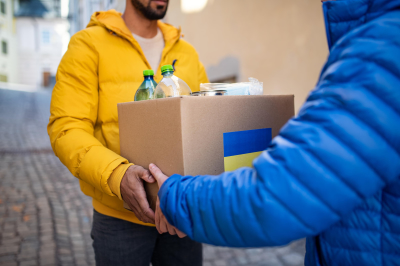Introduction: the new reality of philanthropy in 2025

What does "effective charity" mean in the context of war?

Analysis of the needs of the Armed Forces of Ukraine in 2025

Helping civilians: focusing on community resilience

Priority areas of assistance in 2025

How to check the effectiveness of your own contributions


 Українська
Українська English
English









